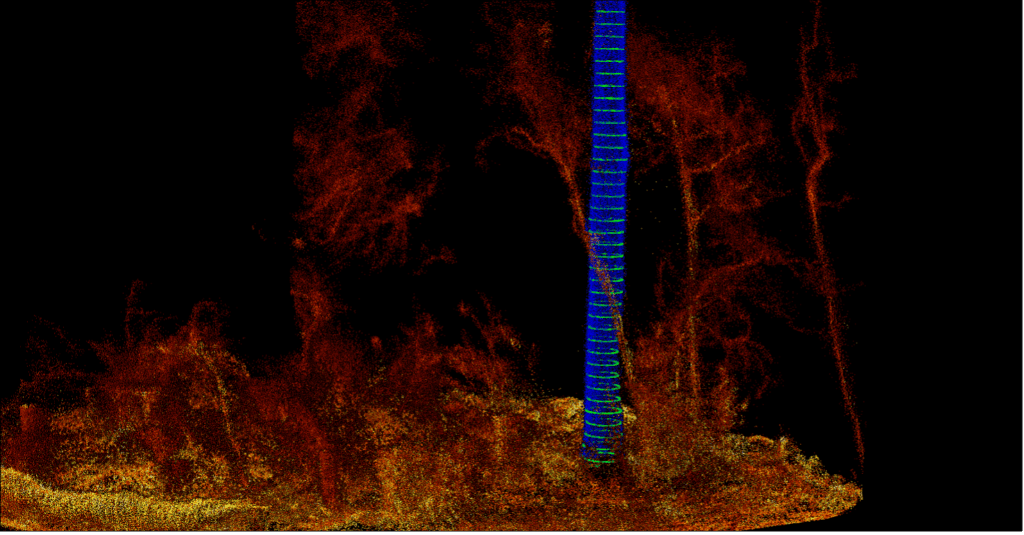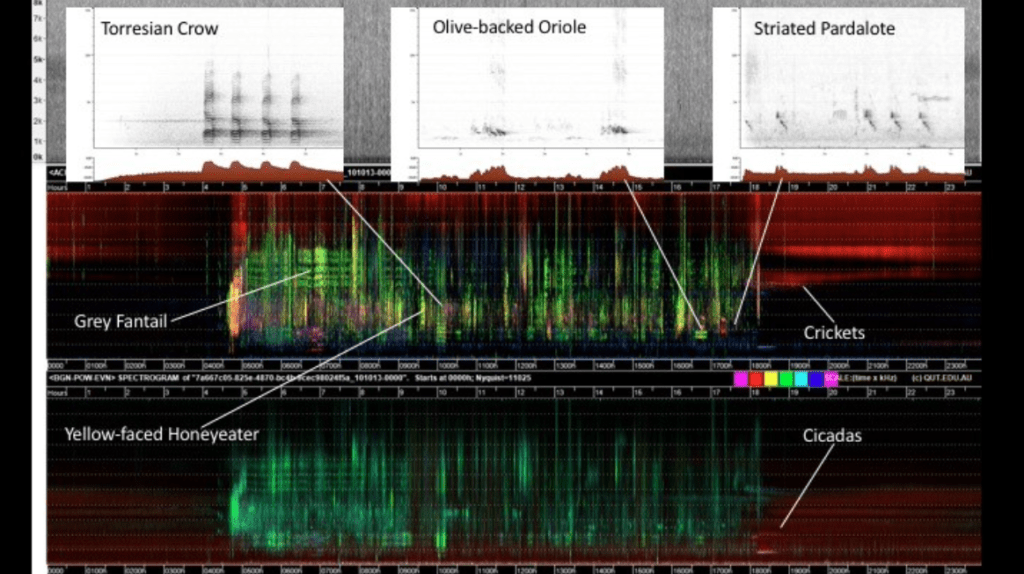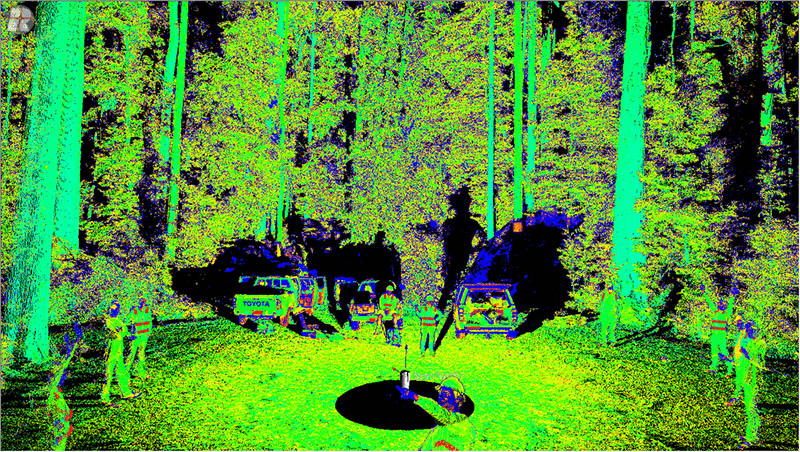The New South Wales government has been collecting extensive forest-monitoring data, which it is now sharing via TERN. The data include invaluable structural, imaging, and acoustic information essential for understanding forest processes.
Australia’s state of New South Wales (NSW) has an extensive coverage of forests of many different types. In 2019, the NSW Government established the Forest Monitoring and Improvement Program (the program) to support ecologically sustainable management of all NSW forests. The NSW Premier asked the NSW Natural Resources Commission to independently oversee the program, collaboratively undertaken by NSW agencies working with universities, private sector scientists, the community, and industry.
The program delivers information to support the strategic management of forests in NSW, on both public and private land. The program responds to community demand for reliable and transparent evidence for improving the sustainable and balanced management of NSW forests.
Open data policy
According to Mr Jeffrey Bell, Principal Advisor at the Commission, native forest management can be a contentious issue. He says the Commission is committed to the transparent sharing of program data to build trust in the evidence supporting management decisions. In fact, the NSW Government’s Open Data Policy obliges all NSW agencies, including the Commission, to share data.
“Data sharing encourages more connection and collaboration among researchers, which can result in important new findings in the field,” he said. “Furthermore, in a time of reduced investment in research, data sharing allows researchers to more efficiently use data resources.”
TERN has a central role in this sharing. The program is uploading its forest-monitoring data to TERN, which will house and make the data available to other researchers. This will be the first time TERN and a state government agency have collaborated on the sharing of long-term forest monitoring data.
The data have come from a range of baseline projects drawing on extensive state and national datasets to establish state-wide, cross-tenure baselines and trends for forest canopy extent and condition, carbon balance and species occupancy and distribution.
Forest structure and function
Mr Bell stresses that the focus of the program is not on data collection for its own sake, but on the generation of insights by data analysis to inform forest policy and practice. One of the most important aspects of this is forest structural diversity, as a varied forest structure plays an important role in forest biodiversity and productivity. Projected climate change will shift the range and distributions of forest species but managing forests to preserve structural diversity may help ensure that forests continue to provide the ecosystem services upon which we rely.

Acoustic analysis
The program is also generating acoustic data. Forests are noisy with various animal sounds; if they are not, this may indicate a problem. The sound information can be used to identify the animals present and is convenient because finding animals, for example koalas and bird species, for identification can be extremely difficult.
Sensors and cameras deployed at forest plots collect acoustic and image data. For both, automation using artificial intelligence (AI) is necessary to make the analysis of the large volume of data produced more cost effective. The program has worked in partnership with Dr Brad Law from the NSW Department of Primary Industries and the Queensland University of Technology Eco-Acoustics Laboratory to develop a series of ‘recognisers’ for priority species. Using AI for automated acoustic analysis is a fairly new field for ecology and a promising area of research.
The Commission is preparing a report detailing the insights gained from its forest monitoring data. This will be published on the Commission’s website, TERN platform, and other data portals.
The data upload to TERN of all the program’s baseline projects is now complete. Further uploads are scheduled to be completed later this year.
Mr Bell says that returns on the investment in monitoring programs are increased by data sharing and reuse. The successful re-use and sharing requires that the data is of high quality and accessible.
“Making data accessible requires a good partnership with a trusted data custodian,” he says. “TERN provides the data management expertise and infrastructure that enables the program to satisfy its obligations to open and transparent data.”
Using existing national data infrastructure avoids costly duplication. TERN also provides potential researchers with a shopfront, whereby they can obtain the data their research requires.








